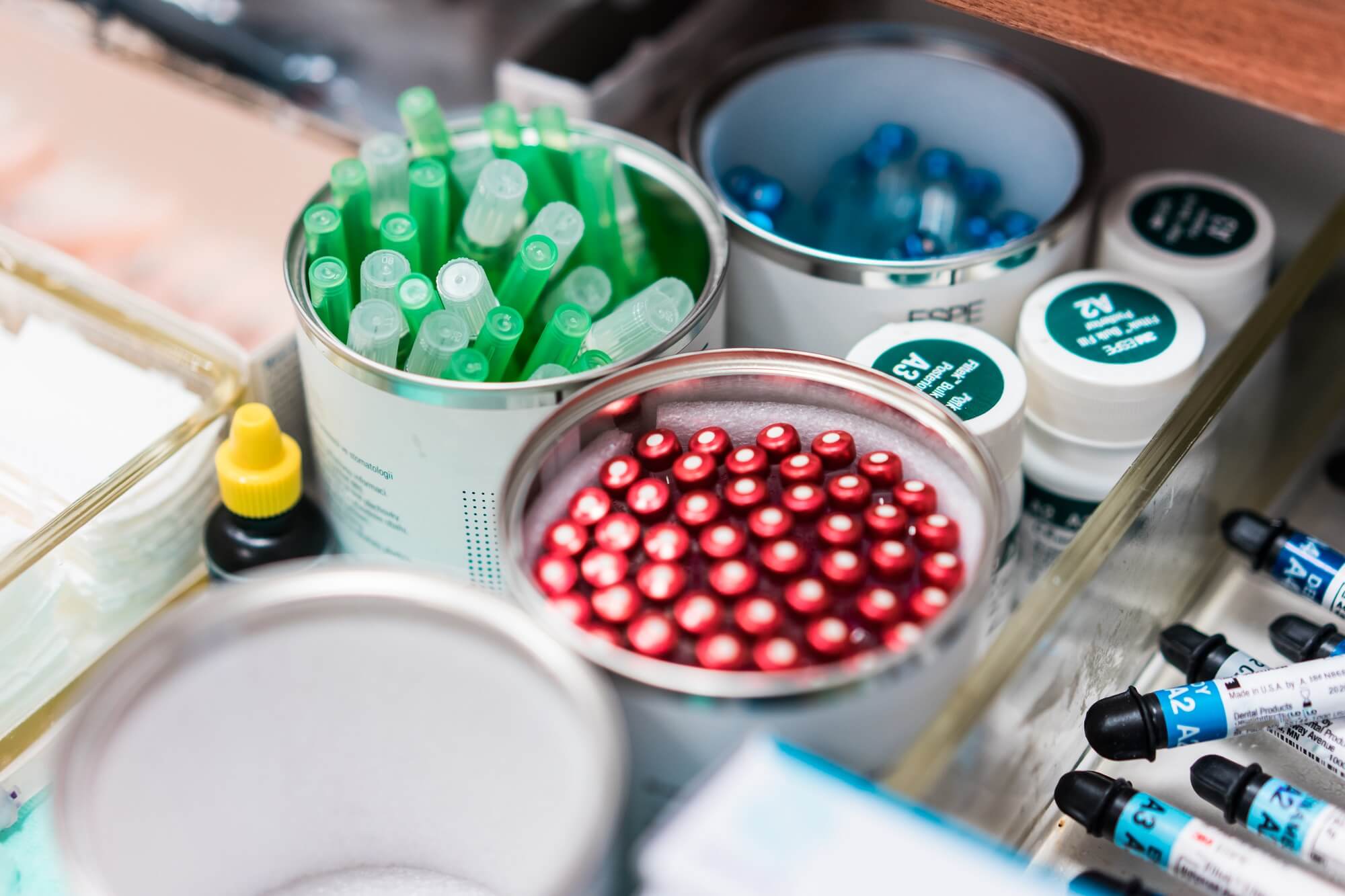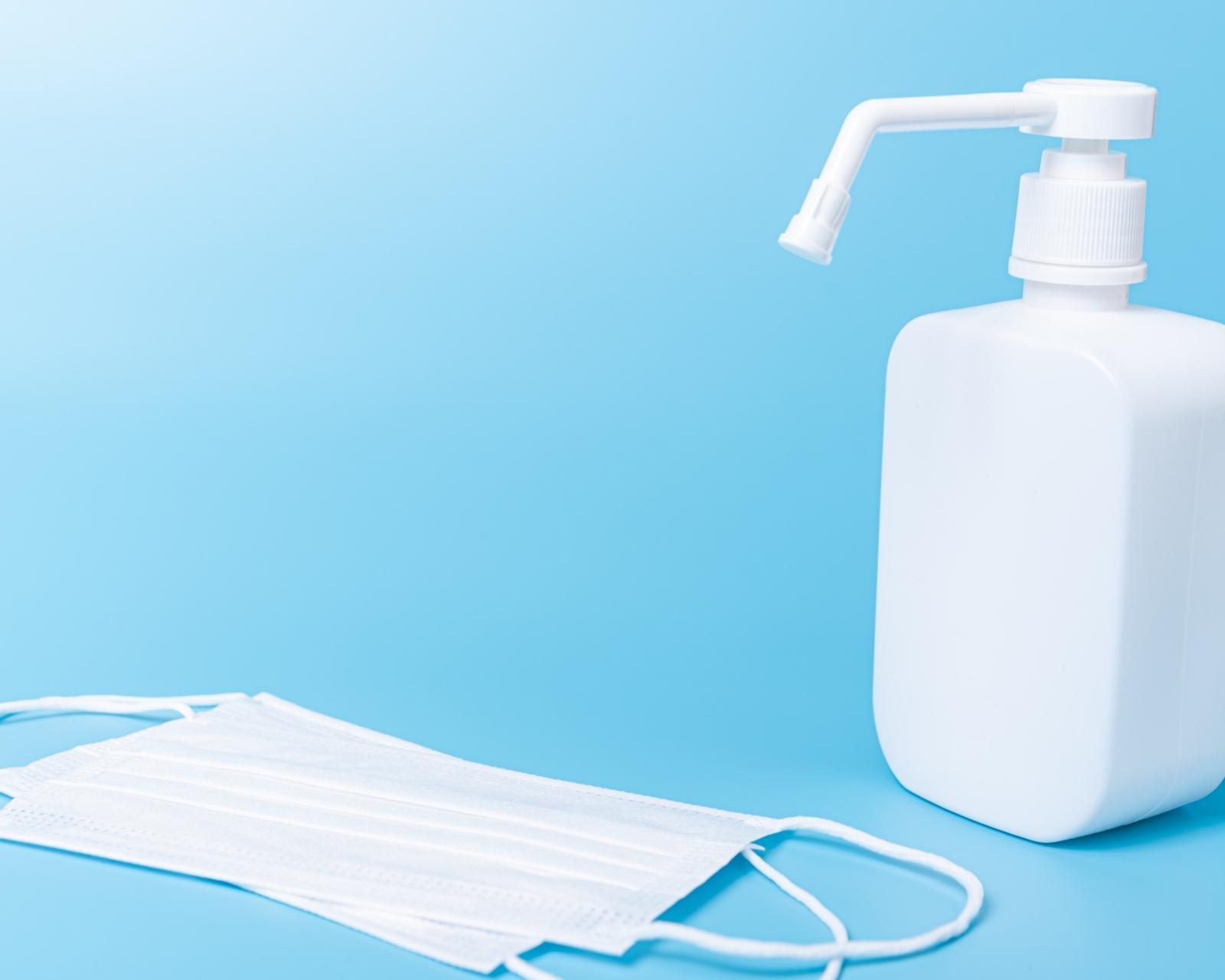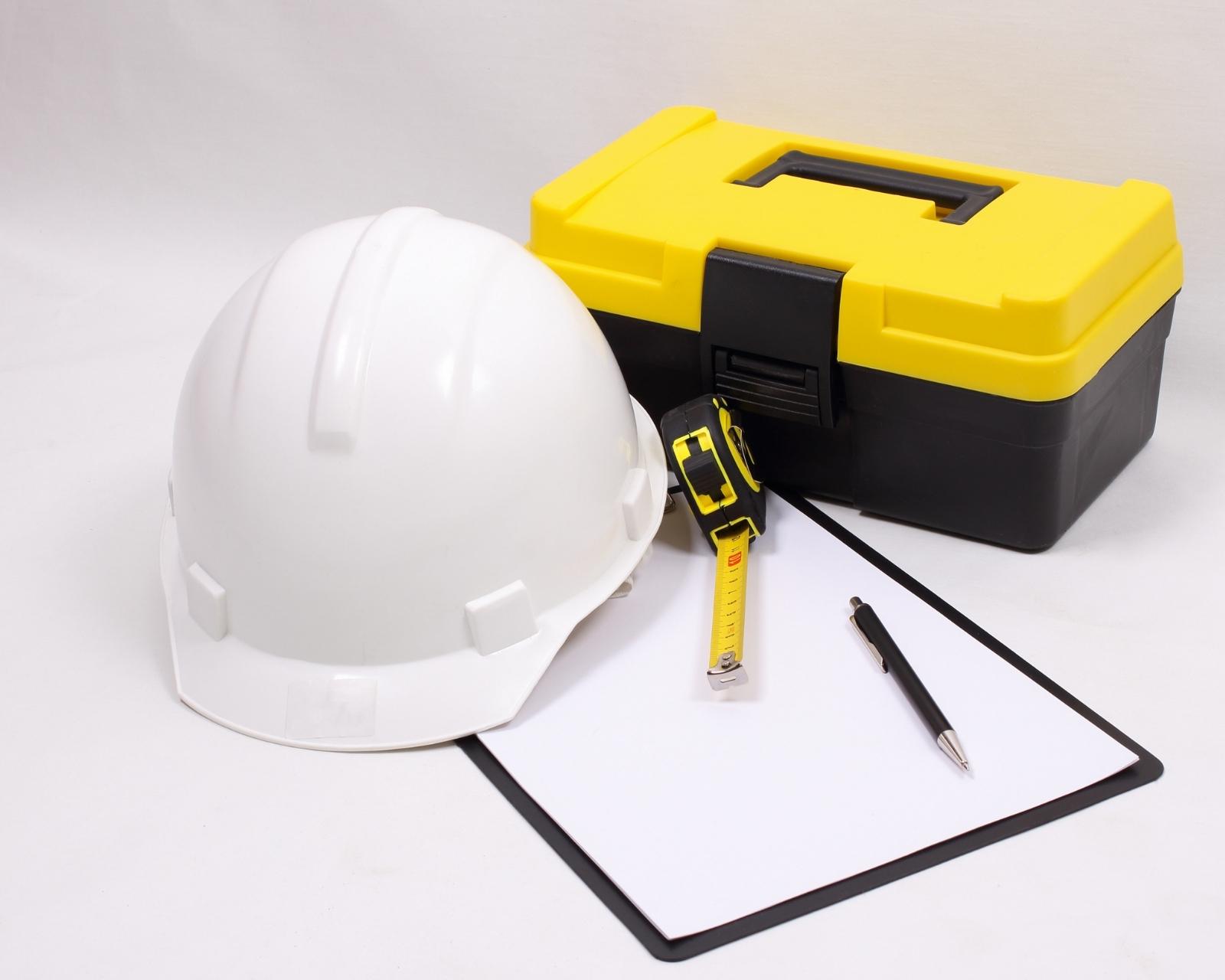Safety Guidelines for Sterile Compounding in Pharmacy: A Comprehensive Review of USP 797 and USP 800 for Chemotherapy Preparations
Safety Guidelines for Sterile Compounding in Pharmacy: A Comprehensive Review of USP 797 and USP 800 for Chemotherapy Preparations Sterile compounding is a critical aspect of pharmacy practice, especially when it comes to preparing medications for patients who require specialized care. The process of compounding sterile preparations involves combining, diluting, or reconstitution of sterile ingredients
Safety Guidelines for Sterile Compounding in Pharmacy: A Comprehensive Review of USP 797 and USP 800 for Chemotherapy Preparations
Sterile compounding is a critical aspect of pharmacy practice, especially when it comes to preparing medications for patients who require specialized care. The process of compounding sterile preparations involves combining, diluting, or reconstitution of sterile ingredients to create personalized medications that meet specific patient needs. It is essential to adhere to strict safety guidelines during the compounding process to ensure patient safety and prevent medication errors.
Introduction
One of the most critical guidelines in sterile compounding is outlined in the United States Pharmacopeia (USP) chapter 797. This standard provides access to best practices and sets safety standards for compounding sterile preparations in hospital pharmacies. Additionally, USP chapter 800 specifically addresses the compounding of chemotherapy preparations, providing guidelines to protect pharmacists, pharmacy technicians, and patients from exposure to hazardous medications. Compliance with these guidelines is essential to ensure the safe preparation of sterile compounds.
Overview of Sterile Preparations
In pharmacy practice, sterile preparations refer to medications or formulations that are free from microorganisms and contaminants. These preparations are typically administered intravenously or through other sterile routes. The preparation of sterile compounds requires aseptic techniques and the use of sterile ingredients, ensuring the absence of contaminants that could harm patients.
Importance of Safety in Compounded Sterile Preparations
Patient safety is of utmost importance when it comes to the compounding of sterile preparations. Any deviation from proper compounding practices can lead to medication errors and potentially harm patients. Compounding errors can range from incorrect dosages to contamination during the preparation process, resulting in adverse events and negative patient outcomes.
Various studies have found that medication errors related to compounding of sterile preparations can be mitigated by implementing strict safety guidelines, such as those outlined in USP chapter 797 and USP chapter 800. The scientific literature and organizations like the Institute for Safe Medication Practices (ISMP) have emphasized the need for comprehensive safety measures to prevent errors in compounding sterile preparations.
The compounding process involves multiple steps, including proper cleaning and disinfection of the compounding area, precise measuring and mixing of ingredients, and appropriate packaging and labeling of the final product. These steps must be closely monitored and documented to ensure accurate and safe preparation of sterile compounds.
Pharmacists and pharmacy technicians play a vital role in maintaining the safety of sterile compounding. They must be trained in the proper handling of sterile substances, compounding technology, and adherence to safety protocols. Additionally, the use of compounding devices and containment segregated compounding areas are crucial for preventing contamination and maintaining the integrity of the prepared sterile products.
Ultimately, ensuring the safety of sterile preparations requires a combination of proper training, adherence to safety standards, and continuous monitoring of the compounding process. By following the guidelines set forth in USP 797 and USP 800, pharmacy professionals can contribute to the safe and effective use of compounded sterile preparations in patient care.
Understanding USP Guidelines
Overview of USP
Compounding sterile preparations in pharmacy practice involves the creation of personalized medications that meet specific patient needs through the combining, diluting, or reconstitution of sterile ingredients. To ensure patient safety and prevent medication errors, it is crucial to adhere to strict safety guidelines. One of the most critical guidelines is outlined in the United States Pharmacopeia (USP) chapter 797. This standard provides access to best practices and sets safety standards for compounding sterile preparations in hospital pharmacies. Compliance with USP 797 is essential to ensure the safe preparation of sterile compounds.
Key Requirements of USP 797
USP chapter 797 provides comprehensive guidelines for the preparation of sterile compounds. It covers various aspects of compounding, including the cleaning and disinfection of the compounding area, the measuring and mixing of ingredients, and the packaging and labeling of the final product. These requirements aim to prevent contamination, ensure accurate dosages, and improve patient safety. Additionally, USP 797 emphasizes the importance of proper training for pharmacists and pharmacy technicians in handling sterile substances, compounding technology, and adherence to safety protocols.
Key Requirements of USP 800
USP chapter 800 specifically addresses the compounding of chemotherapy preparations. It provides guidelines to protect pharmacists, pharmacy technicians, and patients from exposure to hazardous medications. The requirements outlined in USP 800 include the use of proper personal protective equipment (PPE), the establishment of containment segregated compounding areas, and the implementation of policies and procedures to ensure the safe handling and disposal of hazardous drugs. Compliance with USP 800 is crucial for the safety of healthcare professionals and the prevention of adverse events related to chemotherapy compounding. By adhering to the guidelines set forth in USP 797 and USP 800, pharmacy professionals can contribute to the safe and effective use of compounded sterile preparations in patient care. These standards help ensure the integrity and safety of medications, protect healthcare professionals from exposure to hazardous substances, and ultimately improve patient outcomes. It is essential for pharmacies and healthcare facilities to prioritize compliance with these guidelines to maintain the highest standards of pharmacy practice and patient safety.
Safety Standards for Compounded Sterile Preparations
Compounding sterile preparations in pharmacy practice involves the creation of personalized medications that meet specific patient needs through the combining, diluting, or reconstitution of sterile ingredients. To ensure patient safety and prevent medication errors, it is crucial to adhere to strict safety guidelines. One of the most critical guidelines is outlined in the United States Pharmacopeia (USP) chapter 797. This standard provides access to best practices and sets safety standards for compounding sterile preparations in hospital pharmacies. Compliance with USP 797 is essential to ensure the safe preparation of sterile compounds.
Sterile Preparation Compounding Safety Summit
The Sterile Preparation Compounding Safety Summit is an essential platform where experts gather to discuss and address safety issues related to the compounding of sterile preparations. This summit plays a crucial role in uniting pharmacy professionals, regulatory bodies, and industry leaders to share best practices and develop strategies to enhance safety standards in compounding. By collaborating and exchanging knowledge, participants can work towards minimizing medication errors and ensuring patient safety in the preparation of sterile compounds.
Role of Hospital Pharmacies
Hospital pharmacies play a vital role in ensuring the safety of compounded sterile preparations. These pharmacies are responsible for procuring sterile ingredients and ensuring their integrity. They also provide the necessary facilities, equipment, and trained personnel to carry out compounding activities in compliance with safety standards. Hospital pharmacists and technicians are trained in aseptic techniques and are well-versed in the guidelines set forth by USP 797 and USP 800. They work diligently to maintain the quality and safety of sterile preparations for patients in the healthcare setting.
Safe Preparation of Sterile Compounds
The safe preparation of sterile compounds requires adherence to strict protocols and guidelines. The compounding process involves multiple steps, each crucial in ensuring the safety and effectiveness of the final product. Proper cleaning and disinfection of the compounding area is essential to minimize the risk of contamination. Precise measuring and mixing of ingredients help maintain accurate dosages, while appropriate packaging and labeling ensure proper identification and use of the prepared sterile compounds. Regular monitoring and documentation of the compounding process are necessary to track compliance and identify areas for improvement.
ISMP Sterile Preparation Compounding Safety
Importance of ISMP in Sterile Compounding Safety
The Institute for Safe Medication Practices (ISMP) is a leading organization that focuses on promoting medication safety and preventing medication errors. ISMP’s involvement in sterile compounding safety is crucial for enhancing patient care. They provide valuable resources, guidelines, and recommendations to support pharmacy professionals in their efforts to ensure the safety of compounded sterile preparations. With their expertise and research, ISMP plays a vital role in raising awareness and implementing best practices to minimize the risk of errors and improve patient outcomes.
Guidelines for Compounding Chemotherapy
Compounding chemotherapy preparations requires special attention due to the hazardous nature of these medications. USP chapter 800 specifically addresses the compounding of chemotherapy preparations, providing guidelines to protect healthcare professionals and patients from exposure to these hazardous drugs. The guidelines emphasize the use of personal protective equipment (PPE) to minimize the risk of exposure, the establishment of containment segregated compounding areas to prevent cross-contamination, and the implementation of policies and procedures for the safe handling and disposal of hazardous drugs.
Ensuring Compliance with General Chapter
Compliance with USP 797 and USP 800 is of utmost importance to ensure the safety of patients and healthcare professionals. Adhering to the guidelines set forth in these chapters helps minimize the risk of medication errors and contamination during the compounding process. Continuous staff training, adherence to safety protocols, and proper utilization of compounding devices and technology are essential in maintaining compliance. Regular internal audits and external assessments, such as those conducted by regulatory bodies like the Joint Commission, can help identify areas for improvement and ensure ongoing compliance with these standards. By following the safety guidelines outlined in USP 797 and USP 800, pharmacy professionals can contribute to the safe preparation of compounded sterile preparations. Adherence to these guidelines ensures patient safety, minimizes the risk of medication errors, and promotes the highest standards of pharmacy practice. The safety of sterile compounding is a collective effort that involves the collaboration of regulatory bodies, industry experts, and healthcare professionals to continuously improve and enhance patient care.
Pharmaceutical Compounding Safety Standards
Overview of Safety Standards
When it comes to compounding sterile preparations in pharmacy practice, adhering to strict safety standards is essential. Safety guidelines ensure that medications are prepared accurately and free from contamination, minimizing the risk of medication errors and adverse patient outcomes. The United States Pharmacopeia (USP) plays a crucial role in setting safety standards for compounding sterile preparations in hospital pharmacies. One of the most critical guidelines is outlined in USP chapter 797, which provides best practices for compounding sterile preparations. Compliance with these standards is crucial to maintain patient safety and the integrity of sterile compounds.
Importance of Compounding Technology
In the modern era of pharmacy practice, compounding technology has revolutionized the way sterile preparations are prepared. Advanced equipment, such as sterile compounding devices, automated compounding systems, and robotic systems, allow for accurate measurement, mixing, and packaging of ingredients. These technologies not only enhance efficiency but also reduce the risk of contamination and medication errors. Pharmacists and pharmacy technicians must be well-versed in using compounding technology and ensuring its proper maintenance. By embracing compounding technology, pharmacies can further improve the safety and accuracy of compounding sterile preparations.
Key Standards Outlined in USP
USP chapter 797 outlines several key standards that are critical to the safe compounding of sterile preparations. These standards cover various aspects of the compounding process, including cleaning and disinfection of the compounding area, precise measuring and mixing of ingredients, and appropriate packaging and labeling of the final product. USP 797 also emphasizes the importance of proper training for pharmacists and pharmacy technicians, ensuring they are competent in handling sterile substances, utilizing compounding technology, and adhering to safety protocols. Furthermore, USP chapter 800 specifically addresses the compounding of chemotherapy preparations, further enhancing safety measures to protect healthcare professionals and patients. Compliance with these standards is crucial for maintaining the highest level of safety in pharmacy compounding practices.
Conclusion
Summary of Safety Guidelines
Ensuring the safety of compounded sterile preparations is of utmost importance in pharmacy practice. Adhering to safety guidelines, such as those outlined in the USP chapters 797 and 800, helps prevent medication errors, minimize contamination, and safeguard patient well-being. These guidelines encompass various aspects of compounding sterile preparations, including cleaning and sterilization protocols, precision in measurement and mixing of ingredients, and appropriate packaging and labeling. Additionally, the use of compounding technology and adherence to safety protocols play a vital role in maintaining the integrity and safety of sterile compounds.
Importance of Adhering to Regulations
Compliance with USP guidelines is essential for pharmacies and healthcare facilities aiming to provide high-quality pharmaceutical compounding services. Adhering to safety regulations ensures that sterile preparations are prepared accurately, minimizing the risk of adverse effects on patients. Moreover, strict adherence to regulations helps maintain the reputation and credibility of pharmacies, fostering trust among healthcare professionals and patients. By adhering to and continuously monitoring safety standards, pharmacies can contribute to better patient outcomes and uphold the highest level of pharmacy practice.
FAQs
Q: What are the key safety guidelines outlined in USP 797 for sterile drug preparation?
A: The key safety guidelines in USP 797 involve ensuring the sterility and safety of compounded sterile preparations (CSPs). This includes proper environmental conditions, such as clean rooms and anterooms, adherence to sterility testing, and correct storage and dispensing procedures. Personnel training and competency evaluation, along with the use of appropriate protective equipment during the preparation of CSPs, are also crucial for maintaining safety standards in the pharmacy.
Q: How does USP 800 impact the handling and compounding of hazardous drugs (HDs) in healthcare settings?
A: USP 800 provides strict guidelines for the handling, storage, disposal, and compounding of hazardous drugs (HDs) to protect healthcare workers, patients, and the environment. This standard requires the use of proper engineering controls, such as containment primary engineering controls (C-PECs) and containment secondary engineering controls (C-SECs), and personal protective equipment (PPE) during HD compounding. It also emphasizes the importance of proper training and competency assessment of personnel involved in HD compounding.
Q: What role does automation and technology play in enhancing IV workflow and safety in sterile compounding?
A: Automation and technology play a pivotal role in enhancing IV workflow and safety by minimizing the risks of human error and contamination in compounding sterile medications. Automated compounding devices (ACDs), robotics, barcoding systems, and electronic workflow management software improve accuracy, efficiency, and traceability in the preparation of CSPs. These technologies also support adherence to safety practices by standardizing processes and providing real-time documentation and verification steps throughout the compounding process.
Q: What are the recommended practices for the preparation of CSPs to prevent serious compounding errors?
A: Recommended practices for the preparation of CSPs to prevent serious compounding errors include rigorous standard operating procedures (SOPs), proper staff training and competency assessments, environmental monitoring, and adherence to USP 797 and USP 800 guidelines. Implementing double-check systems, automation, and technology can further reduce the risk of errors. Regular risk assessments and quality assurance programs are essential to identify potential issues and implement corrective actions promptly.
Q: How should pharmacies conduct risk assessments for sterile and non-sterile compounding practices?
A: Pharmacies should conduct risk assessments for sterile and non-sterile compounding practices by identifying potential chemical, biological, and physical hazards that could impact the compounding process or the safety of the compounded medications. This includes evaluating the complexity of the compounding process, the toxicity of the compounds used, and the potential for exposure to hazardous drugs. Policies and procedures should then be developed and implemented to mitigate identified risks, and these should be regularly reviewed and updated as necessary.
Q: What are the implications of non-compliance with USP 797 and USP 800 guidelines in drug compounding?
A: Non-compliance with USP 797 and USP 800 guidelines in drug compounding can have serious implications, including increased risk of contamination, exposure to hazardous drugs, and compounding errors, potentially leading to adverse patient outcomes. Non-compliance can also result in regulatory actions, legal consequences, and damage to the pharmacy’s reputation. It underscores the importance of adhering to these guidelines to ensure patient safety and maintain high standards of care in the preparation of sterile and non-sterile compounded medications.
Q: How does the Food and Drug Administration (FDA) regulate the practice of IV compounding and the use of hazardous drugs in healthcare settings?
A: The Food and Drug Administration (FDA) regulates the practice of IV compounding and the use of hazardous drugs in healthcare settings by establishing standards for the manufacturing, compounding, labeling, and dispensing of drugs. The FDA enforces compliance with these standards to ensure drug safety and efficacy. For IV compounding, specifically, the FDA oversees the implementation of guidelines such as USP 797 and USP 800, conducts inspections, and takes enforcement actions against facilities that fail to comply with these standards. For hazardous drugs, the FDA provides guidelines on safe handling practices to protect workers and patients from exposure.
Additional references




















